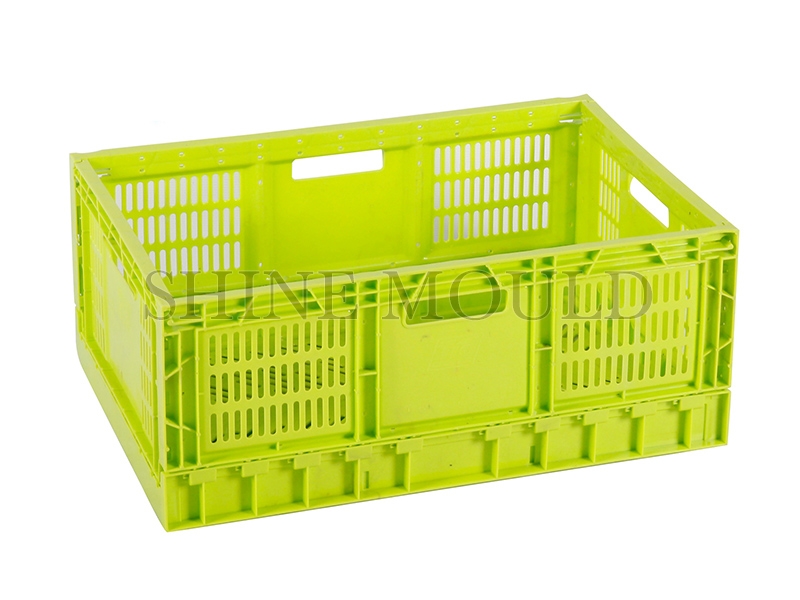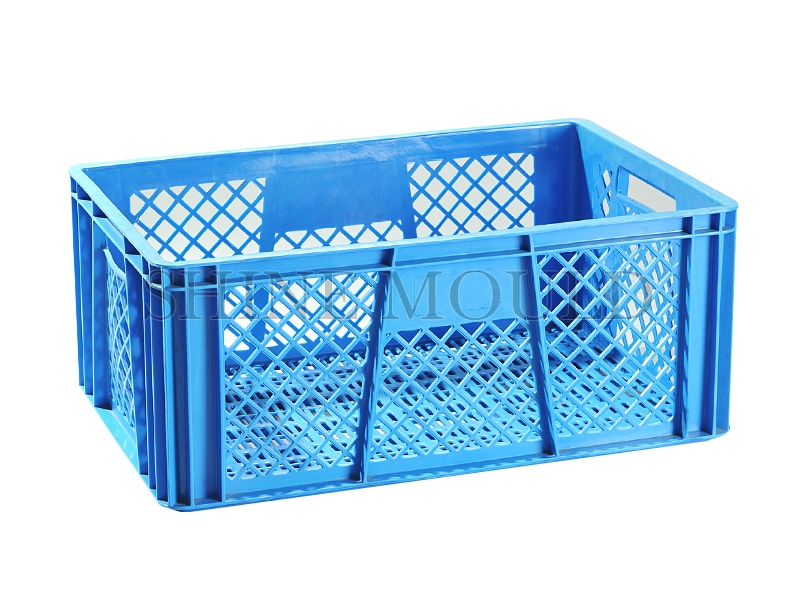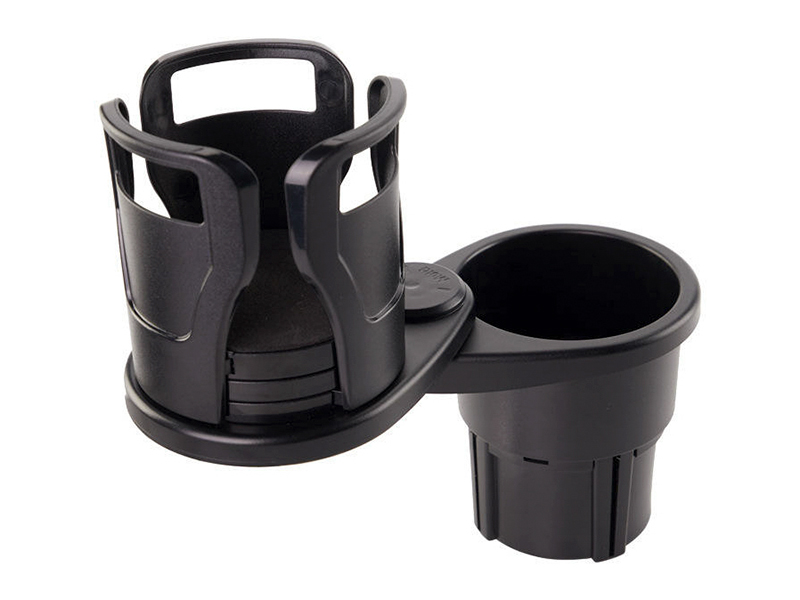Everything You Need to Know About Chair Moulds
Chair moulds are essential for the chair manufacturing industry. They play a critical role in the production of chairs of various designs, sizes, and styles. With the right chair mould, manufacturers can produce high-quality chairs that meet the needs and preferences of their customers. In this article, we will explore everything you need to know about chair moulds.
A chair mould is a tool that manufacturers use to create chairs of different shapes and sizes. The mould is made of two parts, the male and female halves, which are designed to fit together. The chair mould is made of high-quality steel or aluminium, which ensures that it's strong and durable.
The manufacturing process starts with the design of the chair, which is then transferred to the mould. The mould is then used to shape molten plastic into the desired form, which is then allowed to cool. The chair is then taken out of the chair mould, and any additional finishing touches are added.
There are several types of chair moulds, including:
Injection Moulds:
Injection moulds are the most common type of chair moulds. They use a process where molten plastic is injected into a mould cavity, creating the desired shape of the chair. Injection moulds are best suited for high-volume production, making them an ideal choice for the mass production of chairs.
Blow Moulds:
Blow moulds use a process where the plastic is melted and then blown into a mould to form the chair. They are best suited for producing chairs that are lightweight, durable, and have a smooth finish.
Rotational Moulds:
Rotational moulds use a process where the chair's mould is rotated around two perpendicular axes while heating it internally. The molten plastic is then added, and the mould is left to cool, forming the desired shape of the chair. Rotational moulds are best suited for producing chairs with complex shapes.
Using chair moulds has several benefits, including:
Chair moulds are cost-effective, especially for high-volume production. They allow manufacturers to produce chairs quickly and efficiently, saving time and money.
Chair moulds ensure that each chair produced is consistent in both design and quality. This creates a sense of trust among consumers, knowing that they are getting a quality product every time.
Chair moulds allow for customization to meet various customer preferences. The mould can be modified to produce chairs of different shapes, sizes, and styles, allowing manufacturers to meet the changing needs of their customers.
Proper maintenance and care of chair moulds are essential to prolong their lifespan and maintain their efficiency. Here are some tips for maintaining chair moulds:
Clean the mould after every use to prevent the buildup of dirt and residue.
Lubricate the mould after cleaning it.
Store the mould in a dry and cool place to prevent rusting.
Inspect the mould frequently for damage or wear and tear.
Replace any damaged parts immediately.
Despite the proper care and maintenance of chair moulds, there may be some common chair mould defects. Here are some of them:
Sink marks are depressions that occur in the chair due to uneven cooling of the plastic. They are usually located on the thicker areas of the chair, and they can affect the chair's structural integrity.
Flash is excess plastic that accumulates along the edges of the chair, resulting from an excess amount of plastic injection.
Warping occurs when the plastic cools unevenly, causing the chair to bend or twist. It can result from excessive heat, uneven wall thickness, or improper cooling.
Short shots refer to the partial filling of the mould, resulting in an incomplete chair. It can occur due to insufficient pressure or insufficient plastic. Short shots can render the chair useless and require additional production.
In conclusion, chair moulds play a vital role in the production of chairs of various designs, sizes, and shapes. They provide manufacturers with a cost-effective, efficient way of producing chairs quickly and at a consistent quality. Proper maintenance and care of chair moulds are essential to their longevity and efficiency. By understanding the different types of chair moulds, their benefits, maintenance requirements, and common defects, manufacturers can produce high-quality chairs that meet their customers' needs.




 Search...
Search... English
English
.jpg)




.jpg)
.jpg)
